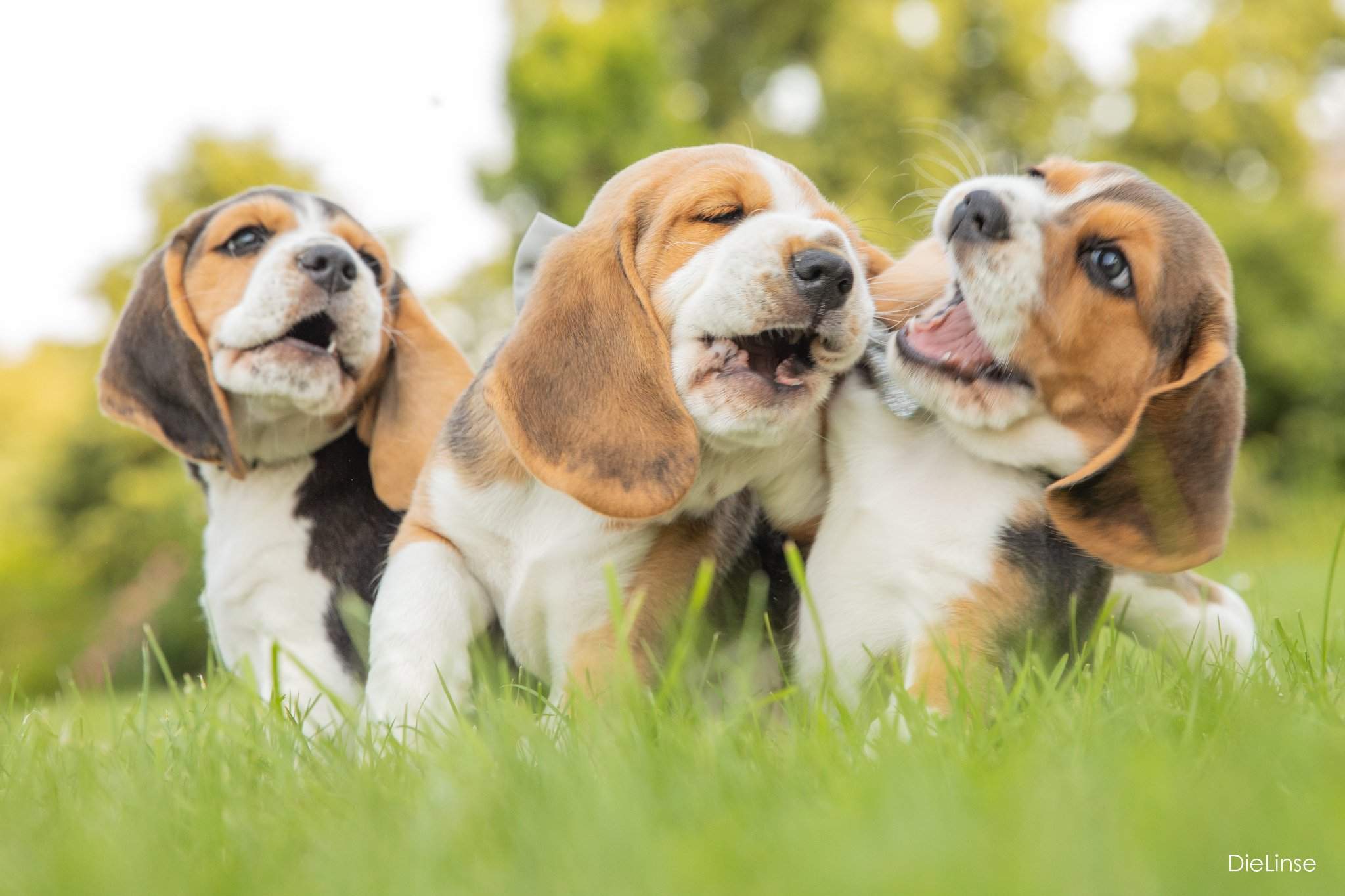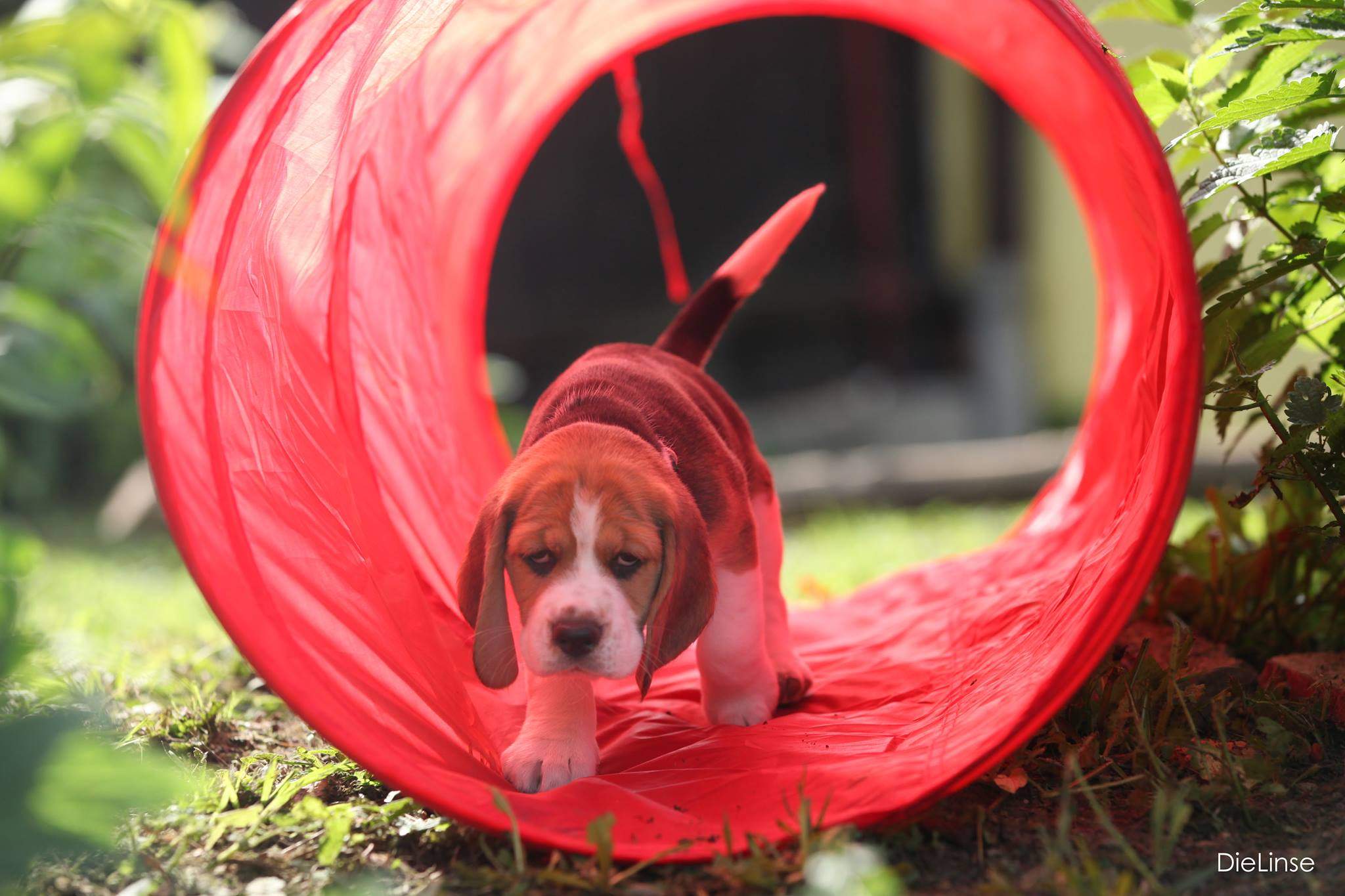The issue is mostly a question of growth plates. Growth plates are soft areas of developing cartilage tissue found by the ends of the dog's long bones. They are typically made of cartilage when the puppy is born, but gradually they calcify and transform into denser bone as the puppy matures.
The dog's long bones do not develop from the center outward; instead, growth occurs right by the growth plate at the end of the long bones. As the puppy grows, the growth plates close and harden into solid bone; however, prior to that, the growth plates are vulnerable to being injured and potentially fractured because they are the last portion of the bones to harden.
An injury to the puppy's leg during this time may result in lots of damage and potential deformity. The main problem is the fact that an injury to a growth plate may result in damaged cells that will stop growing on one side. In the meanwhile, though, the healthy, undamaged cells on the other side will continue to grow because they are healthy, with the end result of the bone developing a deformity. It's vitally important that the growth of all bones is synchronized and happens at the same rate.
The most common deformity appears to occur in the forearm area, which comprises the ulna and the radius. If the growth plate of the ulna is injured, it will stop growing, while the other bone will continue to grow, potentially causing bowing of the leg. Because of these risks, it's imperative that the puppy sees a vet immediately if he sustains an injury. It's also important to keep an eye on the length and straightness of a dog's legs and compare them with the other leg and immediately report any abnormalities. As with other developmental problems, the key to avoiding them is prevention.
When do growth plates close?
Generally, most growth takes place when the puppy is between the ages of 4 to 8 months. After the age of 8 months, there is minimal longitudinal growth of bones going on, and by one year of age, most growth plates are fused or closed and no longer show on x-rays. However, in some large/giant dog breeds, the growth plates may remain open up to 18–20 months of age.
Exercise limits
For a very good reason, f. ex trainers running agility classes won't let puppies compete until the puppy has turned at least one year old. In the meanwhile, though, they may get the puppy familiar with the equipment and start some basics in foundation classes, such as learning to walk through an agility tunnel.
Training a pup to walk through an agility tunnel is not only fun but helps instill confidence and provides some basic skills. Then, as the puppy reaches an age when more rigorous exercise can be started (this may vary between one breed and another), jumps of certain heights can be introduced, and young dogs may even start competing.
This does not apply to the sport of agility only. Any type of high-impact activity or prolonged exercise on hard surfaces may potentially cause the puppy's bones to cease growing or even grow incorrectly. This includes repeatedly jumping to catch a Frisbee, jogging on concrete, and hurdling over obstacles at full speed with leg-twisting movements.
In general, better be safe than sorry, we recommend no jogging, cycling with your beagle under one year and avoid jumping, stairs climbing or any sports on hard surfaces. Your puppy will thank you later! Better go hiking (not on the top of the mountains) or walking, let your dog play with other friendly pals according to his age. As the thumbrole says: 5 min/month would mean 20 min for a 4 month old puppy for once.

